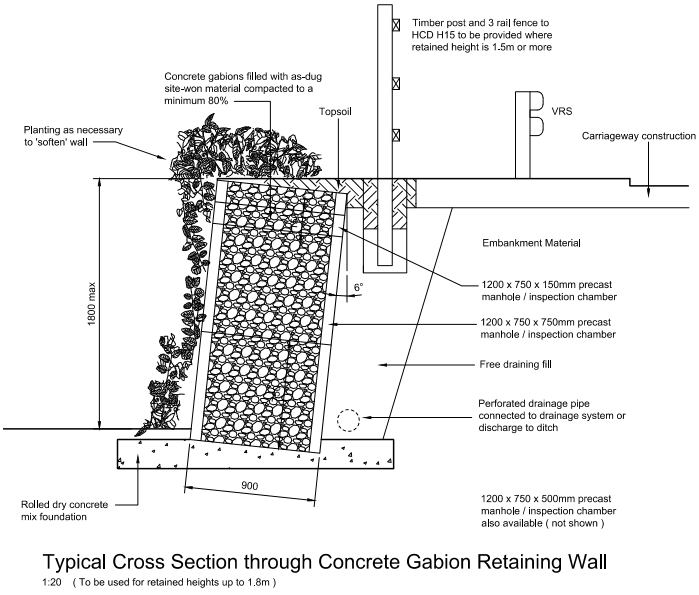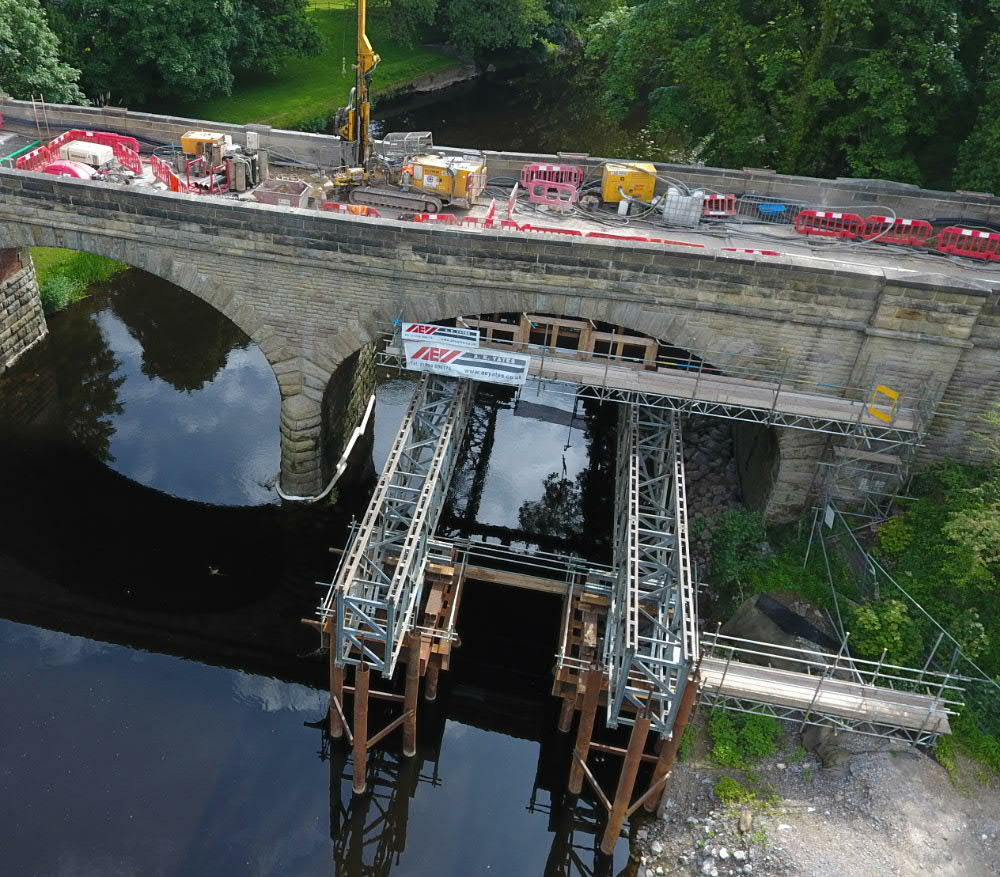John has worked on design and build schemes at tender and delivery stage as a contractor and designer as well as assessing tenders on behalf of a client. This provides him with a unique insight into how each of these differ and the processes and procedures adopted by each.
When working for a contractor John will be able to work with the appointed consultant to help them to 'challenge the norm' and develop solutions that push design guidance to provide efficiencies, bring innovations from past projects and look at new ides that improve their quality score as well as reduce the cost of construction. This can be done at tender stage or during the design and construction period.
He will also assist the team with bid strategy and if required he can review the quality submission as part of the review team.

 For Linton bridge John worked with the contractor (BAMN) to temporarily stabilise a deformed arch which had rotated and cracked due to the adjacent pier settling 200mm after a flood event. The issue was that the arch could collapse at any time meaning that people could not go near or under the arches. John developed the idea above which allowed trestles to be installed within the safe zone and support beams and formwork floated beneath the structure before being hoisted into place (a 3D drone survey was undertaken to determine the shape of the arch).
For Linton bridge John worked with the contractor (BAMN) to temporarily stabilise a deformed arch which had rotated and cracked due to the adjacent pier settling 200mm after a flood event. The issue was that the arch could collapse at any time meaning that people could not go near or under the arches. John developed the idea above which allowed trestles to be installed within the safe zone and support beams and formwork floated beneath the structure before being hoisted into place (a 3D drone survey was undertaken to determine the shape of the arch).